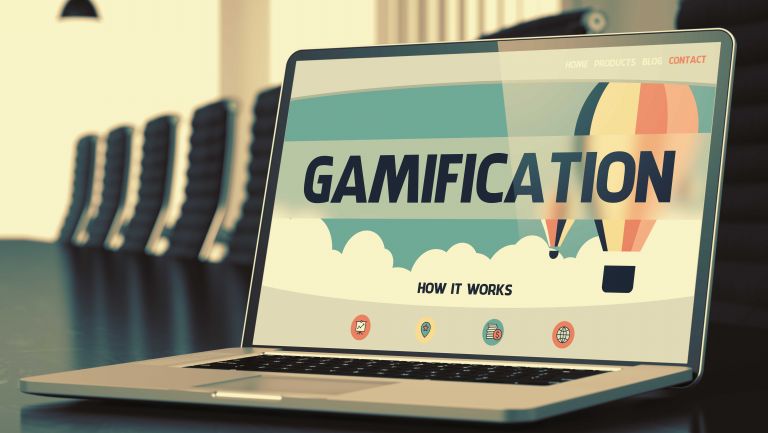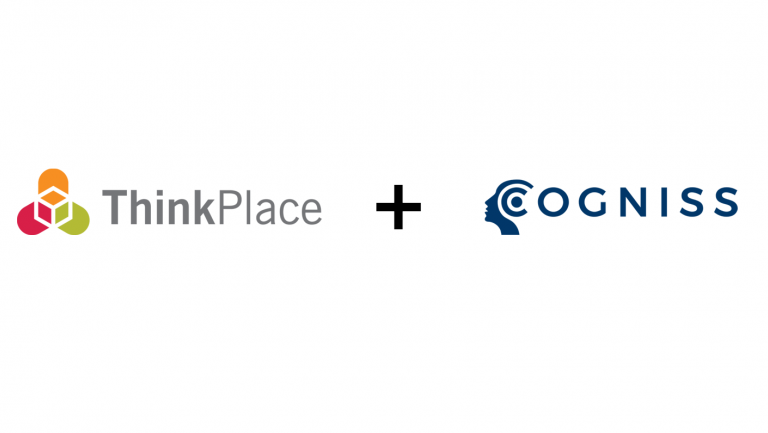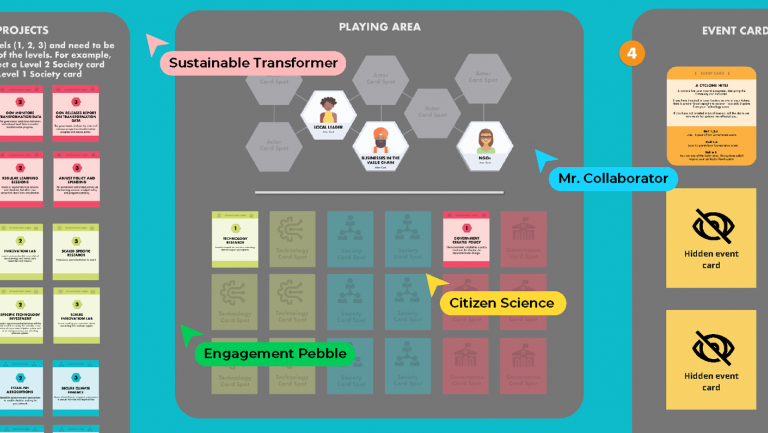Sign up for our monthly newsletter

Five steps to designing a successful business model
At ThinkPlace we design change. New services. Organisational transformations. New business models.
And in each case there’s a common thread – a binding philosophy. We design in collaboration with the people who will be impacted.
That’s how we create change that lasts.
I’ve been thinking about that recently as we’ve been working with a large multinational company to create a new business model. So often business models are born in the boardroom; but whenever possible they should be born on the ground.
What do I mean by that? In this case, the work was for a company. It could, just as easily, be for a government department in Canberra or an NGO in Washington DC.
Working with the large food company, we were trying to build a new business model within an existing company structure. We wanted to get a different kind of product into the market in a different kind of way. A different way of marketing that product. A different way of distributing it. A radically different way of selling it.
We wanted to bypass the company’s traditional ways of reaching customers. Our task was to make the product nutritious, aspirational, accessible and affordable.
We saw an opportunity to build a new salesforce, hiring women from low income areas to sell the product to their neighbours and peers. If we could make it work this would result in a double-benefit: Better uptake for the product and a new source of livelihood for women in very low income communities.
This challenged our client to work differently, testing assumptions with people before the point where we had arrived at a perfectly thought through solution. It hasn’t been a smooth process but it has been hugely positive. So what were the ingredients of our successful business model design?

1. FIND A SPONSOR – AND THE RIGHT ONE
In this project we were fortunate to get a senior company executive on board very early. Not only did he care about the ‘what’ of the project, he cared deeply about the ‘why’. Finding and enlisting this person creates multiple positives. It meant that within the company the project had a champion, who has invested in promoting the value of the change to his peers at the top level.
His endorsement also sent a strong message to people throughout the entire organisation. For us, as designers, it provided the confidence to know that the project had strong internal backing. As consultants we should never just assume that because we are hired to complete a project or effect a change, that the organisation hosting us is on board with what we are doing or how we’re working. It’s up to us to help create the conditions that give us license to operate effectively.

2. BREAK FREE OF THE BOARDROOM
A new business model, like any other change, should be prototyped and tested. If you conceive how you want it to operate without talking to people on the ground there’s a good chance you’ll be looking at a failed implementation.
In this case, we wanted to try some ideas and put them out into the world. We wanted to test them with users to see whether they worked. There’s a leap of faith required here. For the company we were partnering with, and for many companies, there can be a nervousness about failing in front of users. But ‘failing forward’ (testing something, identifying why it didn’t work, tweaking it and then testing again) is the essence of good human-centred design. And guess what? When we tested our ideas, some of them didn’t work very well. That’s how we ended up with the business model that’s more likely to work.
3. COMMIT TO HUMILITY
As designers, it’s important that we come in knowing that there is plenty of expertise around us. We don’t know everything. Not all of our ideas will be better than other people’s and we need to be prepared to acknowledge that. I find that when you come in with this attitude you often see it reflected back. Mutual humility and openness breeds a culture in which experimentation and innovation are enabled.
In this case, the company had previously run a pilot project selling and distributing the same product we were looking at. We wanted to try some different approaches but were upfront about saying that testing would show us if our ideas were worth developing and scaling up. It turned out the new way of doing things outperformed the previous trial.

4. TAKE A TEAM APPROACH
Our preference is always to form a core design team for a project like this and to make sure there is good representation from the client within that team. When we’re doing discovery (talking with users about how they might experience products or services) voices from the client organisation are often part of the process. When we are coming up with prototype interventions and testing them on the ground those same team members are right there with us.
This means the client sees first-hand what works and what doesn’t. They are invested in the outcome because it is THEIR outcome. Taking this approach generates buy-in far beyond what you can secure by returning from your testing phase and briefing a project team on what happened while you were away from their gaze. Once again, it’s about breaking out of the boardroom.
5. INTELLECTUAL GENEROSITY HELPS
We’re proud of our methods. Time and again, we have seen them work to successfully design policy, strategy, catalyse organisational transformation and design compelling services and experiences. But they aren’t magic and they aren’t a secret we keep from our clients. For a core design team to work well there’s a capability exchange that needs to happen subtly (and sometimes overtly). We welcome the client and our partners into the design team, knowing they bring subject matter expertise and a sponsoring voice (in our four voices model we call this the voice of intent). But for that team to function at its highest level we also need to generously share ideas, mindsets and tools behind our version of human-centred design in complex systems. When we do this well the impact can be significant.
Seeing these methods at work underscores how much more effective they can be in creating lasting, positive change. Every ThinkPlace designer is (to a small extent) a teacher also. But we must always do it from a position of mutual respect.







